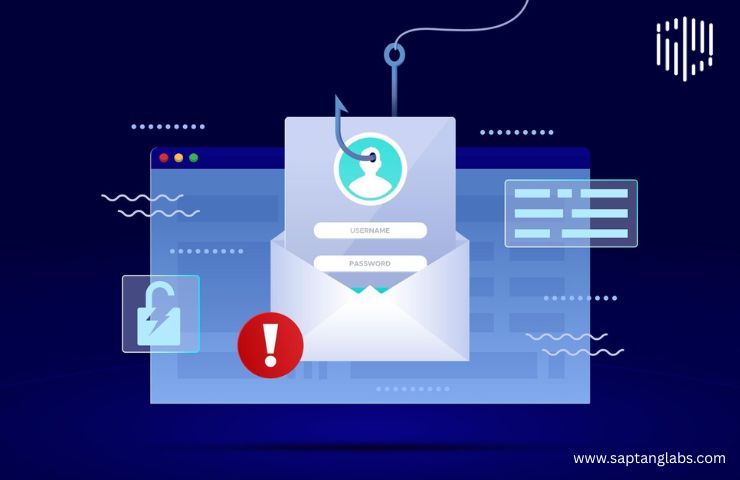How to prevent phishing scams is something everyone should learn in 2025. These scams are getting harder to spot. Emails and messages now look real. The logos, names, and even the tone feel familiar. But behind the scenes, they’re traps.
One wrong click can give hackers access to your bank account, passwords, or personal info. It can happen to anyone—at home or at work. The good news? You can stop it with some simple habits.
This post will show you what phishing scams look like and how to stay safe.
What Is a Phishing Scam?
A phishing scam is a fake message. It’s designed to steal your information. Most of the time, it looks like it came from a trusted company. It might say it’s from your bank, a delivery service, or even your boss.
The goal is to trick you into clicking a link or sharing details like your login or card number. Scammers use fear or urgency to rush you into action.
Why Phishing Is Still a Problem in 2025
Phishing works because it targets human emotion. Fear, curiosity, urgency—these are the tools scammers use. And it’s cheap. Anyone with an internet connection can try it.
In 2025, phishing has moved beyond email. It’s on your phone, in your DMs, and sometimes even voice calls. Messages may say things like:
- “Unusual login detected”
- “Your package couldn’t be delivered”
- “Update your account to avoid suspension”
These look legit. But they’re fake.
Red Flags to Watch For
Here’s how to spot a phishing scam. Look out for:
- Strange email addresses — The name may look real, but the email is off.
- Spelling and grammar mistakes — Not always there, but still common.
- Urgent tone — If it says “Act now!” or “Your account will be locked,” pause.
- Links that don’t match — Hover over them. If the link looks weird, don’t click.
- Attachments you didn’t ask for — Be extra careful with downloads.
Trust your gut. If something feels off, it probably is.
How to Prevent Phishing Scams: 6 Simple Steps
- Don’t click links in random messages
Visit websites by typing the address yourself. Never trust a link without checking it. - Double-check who sent it
Don’t rely on the display name. Click on it. Is it really from a company or person you know? - Use two-factor authentication (2FA)
This adds a layer of protection. Even if someone gets your password, they can’t log in. - Update your devices
Updates fix security bugs. They matter more than you think. - Slow down
Scammers want you to act fast. Take a minute. Think. It could save you from a big mistake. - Talk about it
Warn your friends, family, or coworkers. The more people know, the harder it is for scams to work.
What to Do If You Clicked a Phishing Link
Don’t panic—but act quickly.
- Disconnect from the internet if you’re on a computer.
- Change your passwords right away—especially email and bank logins.
- Turn on 2FA if you haven’t already.
- Scan your device for malware. Use trusted antivirus software.
- Report the scam to your bank, IT team, or a government site like cybercrime.gov.in (or your local one).
The faster you act, the better your chances of stopping any damage.
Final Thoughts
Phishing scams are sneaky, but you don’t have to be a tech expert to avoid them. All it takes is a little attention and some good habits.
Remember the basics:
Pause before clicking. Double-check senders. Talk to others about scams.
Now that you know how to prevent phishing scams, share this post with someone else. It could protect them too.


